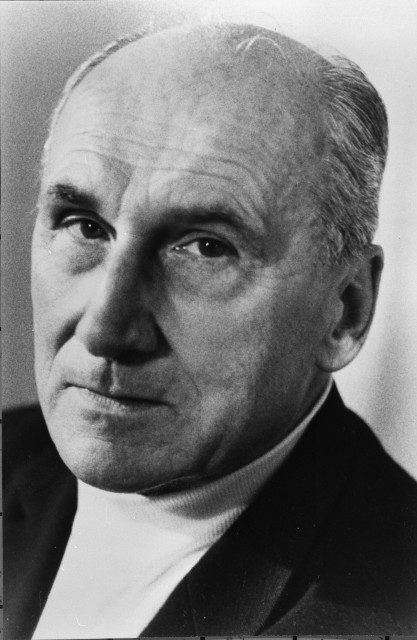Vladimir Prelog
1906-1998

Prelog is probably best known to organic chemistry students for his work on the nomenclature of stereoisomers, the CIP or Cahn-Ingold-Prelog sequence rules for the unambiguous assignment of absolute configuration at a stereogenic center. But in his research, Prelog had a long-standing experimental interest in stereochemistry as well. He worked on the Cinchona alkaloids, especially quinine and compounds related to its quinuclidine moiety. His synthesis of the diamond-like hydrocarbon adamantane brought him international recognition. He elucidated the structures of antibiotics such as nonactin and rifamycins. Perhaps most important was his synthesis of medium sized rings with 8-12 members, studies of their conformations and trans-annular interactions, and of the limits to Bredt's Rule (a double bond at a bridgehead position is possible if the ring is large enough). Prelog received the 1975 Nobel Prize in Chemistry (shared with J. W. Cornforth).
Prelog was born in Sarajevo (Bosnia-Herzegovina), received early training at the University of Zagreb, then the Ph.D. at the Institute of Technology in Prague (1929). After a time on the faculty at Zagreb he moved to the Swiss Federal Institute of Technology (ETH) in Zurich, where he, as director of the organic laboratory, followed in a long line of Nobelists (Willstätter, Staudinger, Kuhn and Ruzicka). Prelog was a superb teacher and lecturer, and was the recipient of many honors, among them the 1967 Davy Medal of the Royal Society and the 1969 Roger Adams Award of the ACS, in a long career.
Location in chemistry building: Fifth Floor; East Wing South Wall; Sequence 3
Source: Professor Prelog